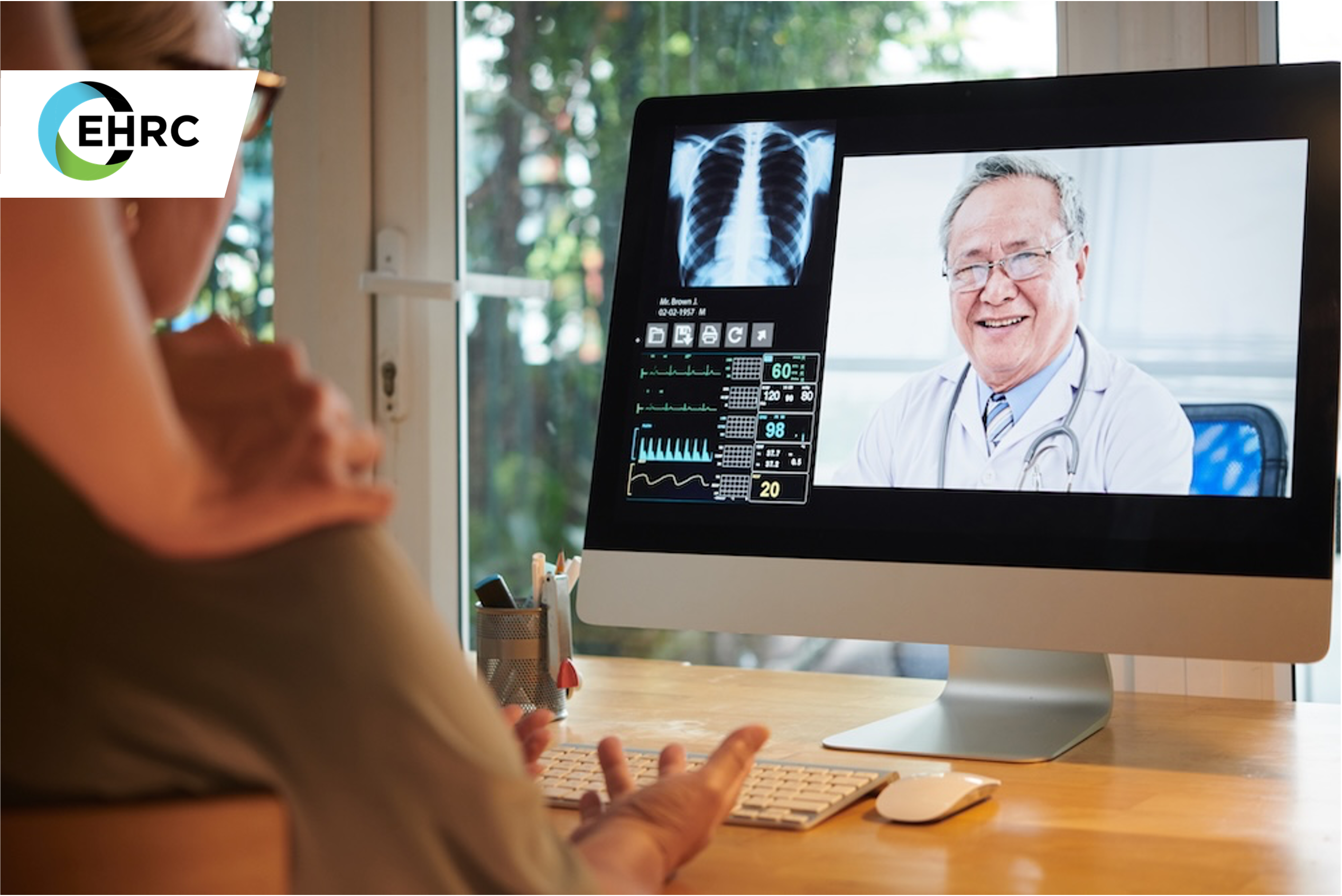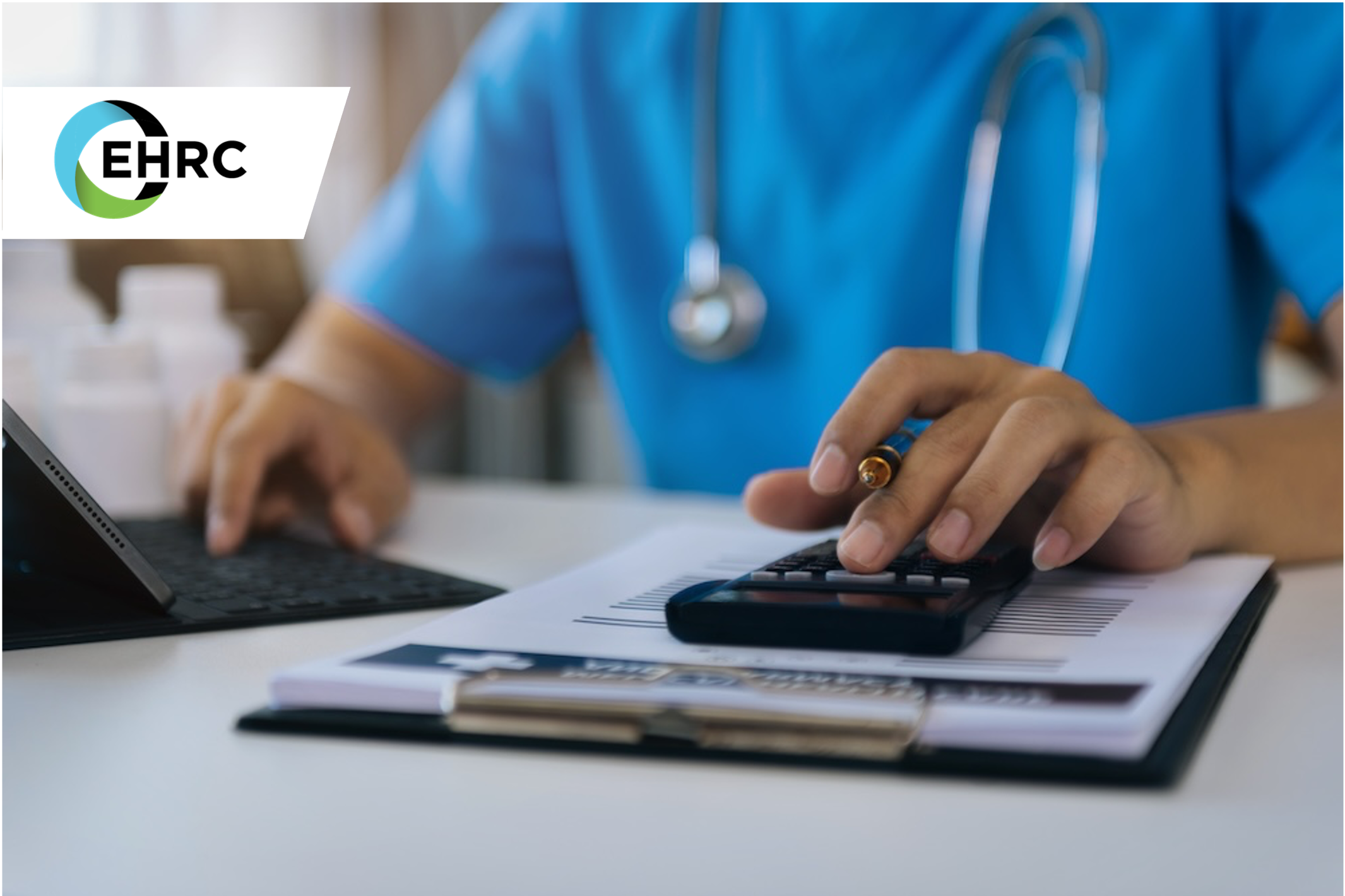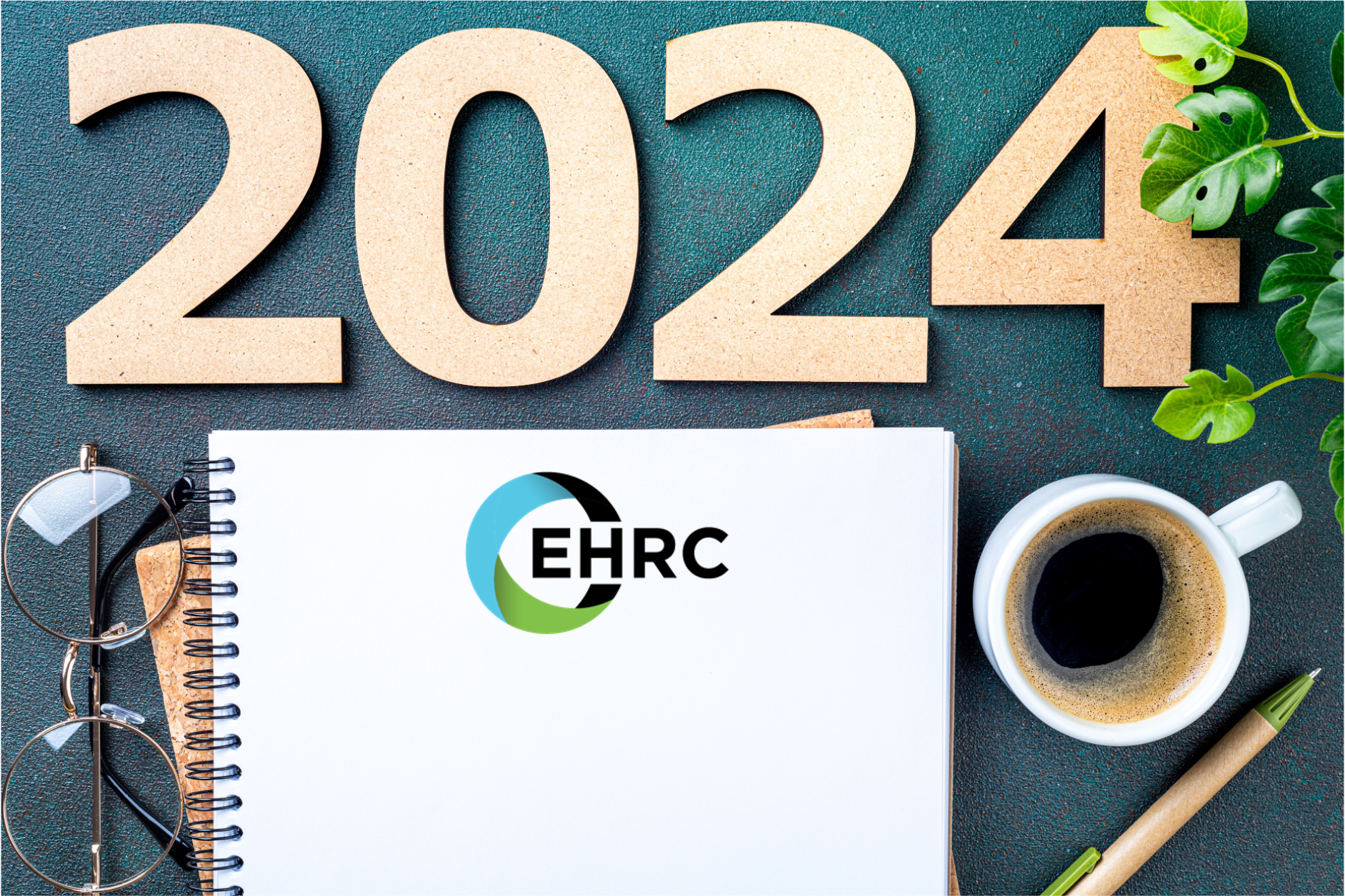
EHR Concepts – Revolutionizing Healthcare IT Training
Ready to Boost Staff Efficiency with Streamlined EHR Training?
Are frequent upgrades and high staff turnover making it difficult to keep your healthcare organization up-to-speed on complex EHR systems?
EHR Concepts offers a revolutionary approach to healthcare IT training with a suite of digital solutions designed to tackle these challenges head-on.
- Tailored Digital Training
EHR Concepts goes beyond one-size-fits-all solutions. We customize our training programs to each client’s specific systems and workflows. This ensures your staff learns the information they need to use every software they encounter effectively. - Efficiency at Your Fingertips
Our on-demand digital training solutions are more efficient than traditional classroom training and onboarding processes. With EHR Concepts, staff can learn at their own pace, anytime, anywhere, reducing onboarding time and improving productivity. - Focused Learning
We understand the constraints faced by busy physicians and healthcare workers. Our training is designed to be efficient and focused, only learning what is needed. - Flexible Learning Styles
EHR Concepts caters to various learning styles through our custom eLearning modules. This allows healthcare organizations to choose the best options for their budget, staff’s preferred learning styles, and individual schedules. - Comprehensive Training
In addition to EHR-specific training, EHR Concepts offers a comprehensive library of courses, including telehealth, IT, leadership development, compliance, and more. We help organizations address various training needs in one convenient place.
EHR Concepts helps clients by providing flexible, customized, efficient, and comprehensive EHR digital training. This leads to improved user adoption, increased productivity, and better patient care.
Want to learn more? Contact us today for a 15-minute demo, OR watch a quick video here!
Ph. 1.888.674.0999. info@ehrconcepts.com









